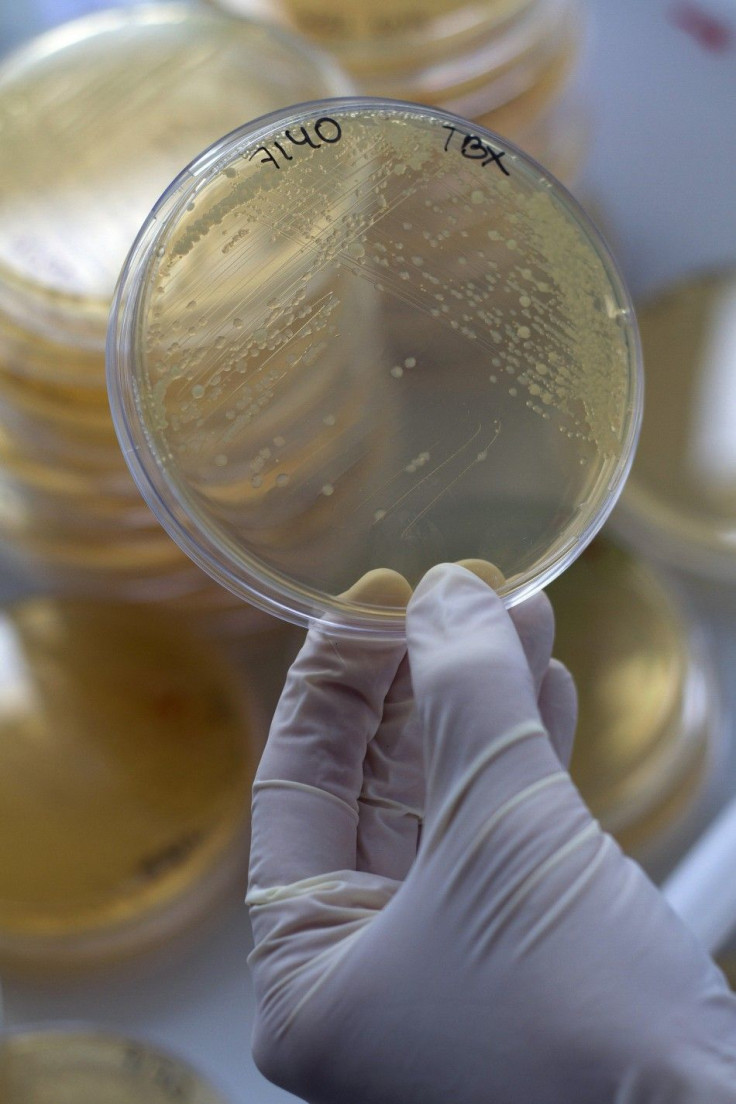CDC Says Arizona Man Died From European E. Coli, FDA Warns on Sprouts

The Center for Disease Control and Prevention and the Arizona Department of Health said Friday that a man who recently traveled to Germany was infected by the German E. coli outbreak. The man died from kidney complications.
His death, a stroke of bad luck, some might say, was the first U.S. fatality of the relentless epidemic. According to the World Health Organization, 3,41 people have been infected and 52 have been killed.
The OO104:H4 strain was born on a farm in northern Germany in organic sprouts of Egyptian fenugreek seeds, said German health officials. Spanish cucumbers were originally thought to be the culprits but that theory has been discarded. This specific strain of the E. coli virus has not been diagnosed since it appeared in one German child ten years ago.
The strain is extremely resilient because it is a fusion of E. coli O157, which produces the Shiga toxin, and enteroaggregative E. coli, which attaches itself to the gut and notoriously causes diarrhea in developing countries. The toxin causes hemolytic-uremic syndrome followed by kidney failure.
Symptoms include stomach cramps, bloody diarrhea, nausea, and vomiting. Most healthy people infected recover in five to seven days. The very young and the elderly are most vulnerable.
The Food and Drug Administration said that raw sprouts should be avoided; this strain is resistant to antibiotics and highly contagious.
© Copyright IBTimes 2025. All rights reserved.





















